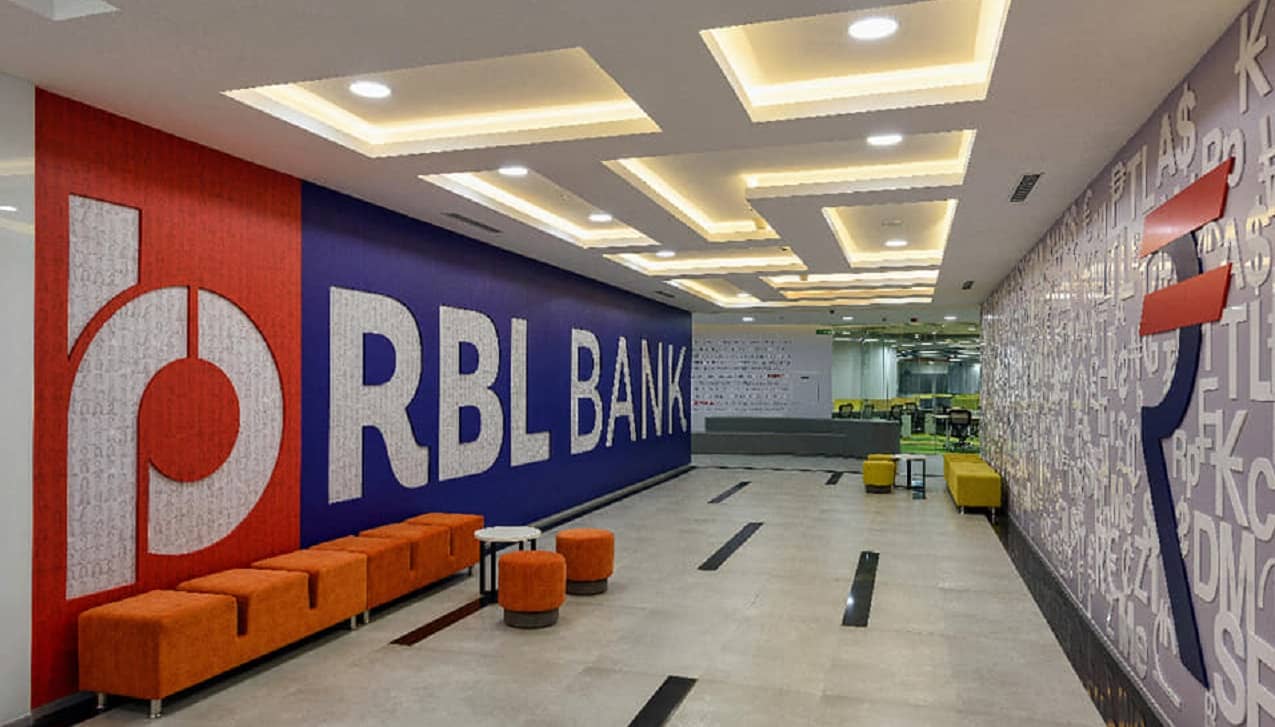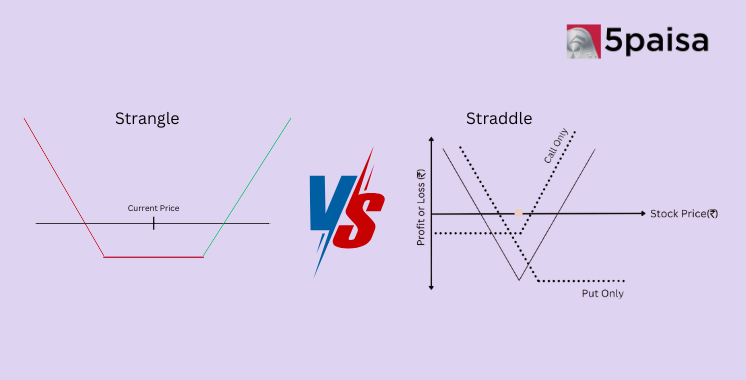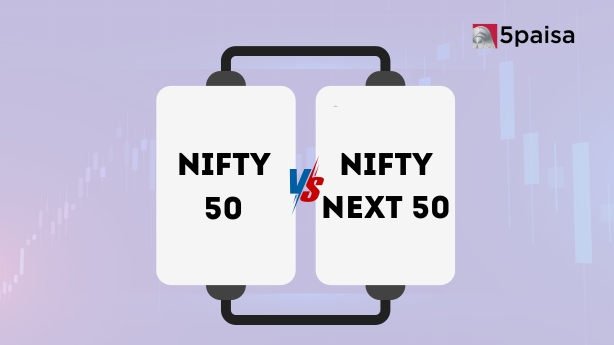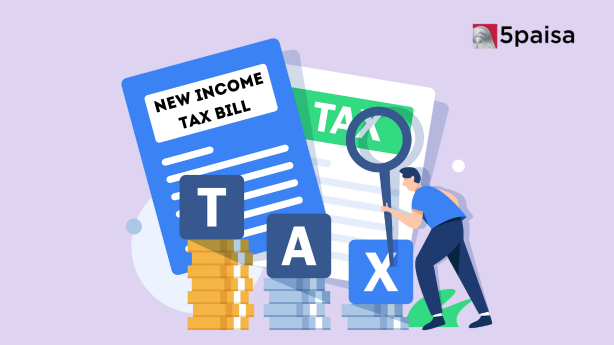The worst may be over for RBL Bank, but it could be a long ride for investors

RBL Bank Ltd has had a tough year with the exit of its former chief Vishwavir Ahuja after concerns over corporate governance practices, deteriorating loan book quality and slowdown in growth over the last few years. This came over a decade after he steered Ratnakar Bank from a small regional lender to give it a wider footprint.
The concerns dragged the stock down even though the rest of the market had been on an upswing. But there now appears to be some light at the end of the tunnel. The stock has rocketed 50% over the last two months and gained by a third in the last four weeks alone. And on Wednesday, the stock jumped 17%.
This could be partly due to the plan to raise up to Rs 3,000 crore via a private placement of debt securities in one or more rounds. The company said its board has approved the plan subject to a green signal in the ensuing annual general meeting.
The company has in the past attracted several private investors, some of whom remain a shareholder even as the company kept sinking over the recent past. Its existing backers include Baring Private Equity Asia, which picked up an about 10% stake in the lender two years ago, besides British International Investment and Gaja Capital. The bank’s previous investors include ChrysCapital, Multiples PE and TVS Capital.
Meanwhile, RBL also brought in an executive at one of its existing private equity investors, Gaja Capital’s founder Gopal Jain, as an additional non-executive director on the board this week.
This comes weeks after RBL saw the entry of R Subramaniakumar as MD and CEO two months ago. While not everyone was immediately enthused with the former chief of state-run lender Indian Overseas Bank as the choice to take over the reins, and drubbed down the shares to a low of around Rs 80 apiece, the stock has more than recovered since then.
The new chief does face a challenge of stemming attrition as the bank moves from a high-risk, high-growth plank to a sustainable growth track.
Some analysts feel the worst is over and the bank is now likely to be back on the growth charts, albeit not at the breakneck pace it was used to. It is likely to grow at a moderate pace this year before getting back to a sustainable annual growth level in the future.
Financial recovery
The bank’s net interest income in the first quarter of the current financial year declined sequentially and grew at a modest single-digit pace compared with the year ago period. As a result, its operating profit before provisions declined by nearly a third as operating expenses rose by around 30% year and on year.
Asset quality for the April-June period improved with gross non-performing asset (NPA) ratio declining to 4.08% from 4.4% in Q4 FY22 and write-offs were stable. Retail gross NPAs declined by 14% sequentially, driven by improvement in the microfinance loan book quality.
Lower provisions also helped the bank to come out of the red on a year-on-year basis even as net profit was almost flat on a sequential basis.
Loan book growth was muted at 6.6% as the retail portfolio shrunk 5% compared to the year-ago period due to a pause in micro-banking disbursements.
Subramaniakumar, the new MD and CEO, said the bank completed the issuance of US$100 million Tier 2 Notes in the first quarter improving its capital adequacy further. “Our focus would be to consolidate, leverage and optimize our existing platform so as to accelerate profitable growth of the balance sheet. We will continue to focus on our key niche areas of cards and microfinance, while accelerating the diversification across more retail products.”
To reduce the risk in its business model, the new management is looking to scale up the bank’s secured retail portfolio, especially affordable housing and low-cost mortgages. At the same time, it is looking to add 80-100 branches every year and roll out more products in the rural market—two-wheeler financing, home extension loans and tractor financing, in addition to microlending.
The bank expects around 15% growth in the current year on a low base, but estimates sustainable growth of 20-25% thereafter.
What are analysts saying?
One brokerage house that downgraded the stock to accumulate with a reduced target price, which has since been breached comprehensively, has cut its revenue estimate with lower net interest margin and higher operating expenses.
Meanwhile, another brokerage house that is among the most bullish on the stock noted that growth may be more calibrated, diversified and sustainable from this year.
It highlighted the risks of higher attrition of the management with the new CEO, who has no experience of working in the private sector, but added that asset-quality risk could be limited, given the previous rounds of clean-up and the new chief’s experience in dealing with corporate stress at IOB and DHFL where he was the administrator.
The brokerage house feels that, at current valuations, the risk-reward looks favourable from a long-term perspective and has not baked in new management’s strategy that focuses on sustainable growth and returns with more regulatory-compliant compared to the past where it was into a high-risk/high-return strategy that partly led to regulatory intervention.
“We also take comfort from the bank’s higher capital level (Tier I ratio at 16%). Thus, we recommend Buy on RBL Bank for investors who are ready to see through the near-term transitional pain for reaping gains in the long term,” it added.
Nevertheless, for investors, like its biggest PE backer Baring PE Asia, whose investment value is still down by a third, would need to be ready for a longer ride before pulling anything meaningful out of the private-sector lender.
- Flat ₹20 Brokerage
- Next-gen Trading
- Advance Charting
- Actionable Ideas
Trending on 5paisa
Indian Stock Market Related Articles
Disclaimer: Investment in securities market are subject to market risks, read all the related documents carefully before investing. For detailed disclaimer please Click here.
 Tanushree Jaiswal
Tanushree Jaiswal
 5paisa Research Team
5paisa Research Team
 5paisa Research Team
5paisa Research Team




